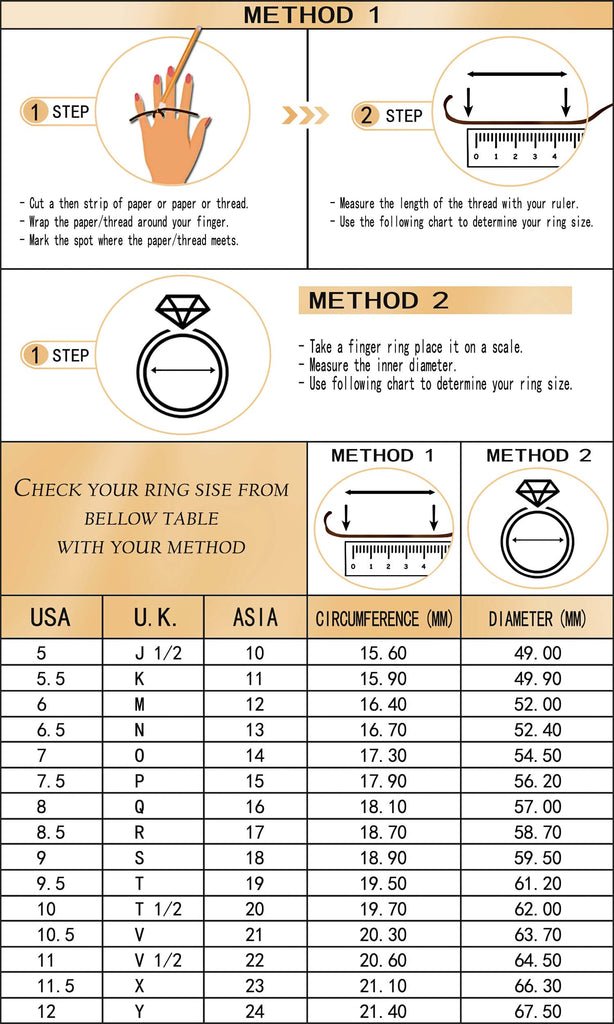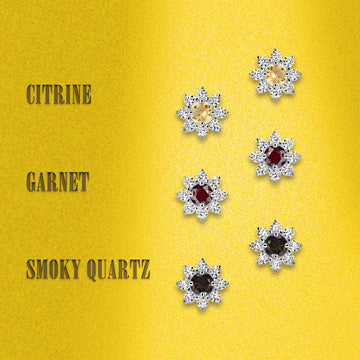The Sancy Diamond
The Sancy Diamond, a 55.2-carat pale yellow pear-shaped gem with a history as captivating as a thriller movie, has journeyed through centuries of royalty, theft, pawning, and even a loyal servant's tragic end.

The diamond's saga began with Charles the Bold and France's Louis XVI, involved pawning for war financing, multiple thefts, mysterious disappearances, and a loyal servant swallowing it to protect it from thieves, only for it to be later recovered from his remains.
The Sancy, one of the few diamonds with a legendary history spanning over 500 years, currently resides in the Louvre Museum in Paris, open for all to marvel at.
A Diamond Big Enough to Save the Monarch
Believed to have originated in India, the diamond passed through the hands of Charles the Bold and eventually ended up with King Manuel I of Portugal. Fleeing Spanish threats, the King's grandson sold the crown jewels, including the Sancy, to Nicolas de Harlay, Seigneur de Sancy, for whom the diamond is named.
Seigneur Sancy, later appointed Minister of Finance by Henri IV, used the diamond as collateral for loans to fund the monarch's extravagant lifestyle. Eventually sold to King James I in 1605.
The Disappearing Diamond
Passing through various royal hands, the Sancy found itself back in the French Crown Jewels, stolen during the French Revolution. Remarkably, it reappeared in 1828 and went through a series of owners, including Russian Prince Demidoff and the Astor family. In 1978, the Astors sold the diamond to the Louvre for $1 million, a fraction of its potential value today.
While the Sancy may not be a top-quality fancy colored diamond, its pale yellow hue pales in comparison to its rich and scandalous history, making it a priceless gem with a tale to tell.


